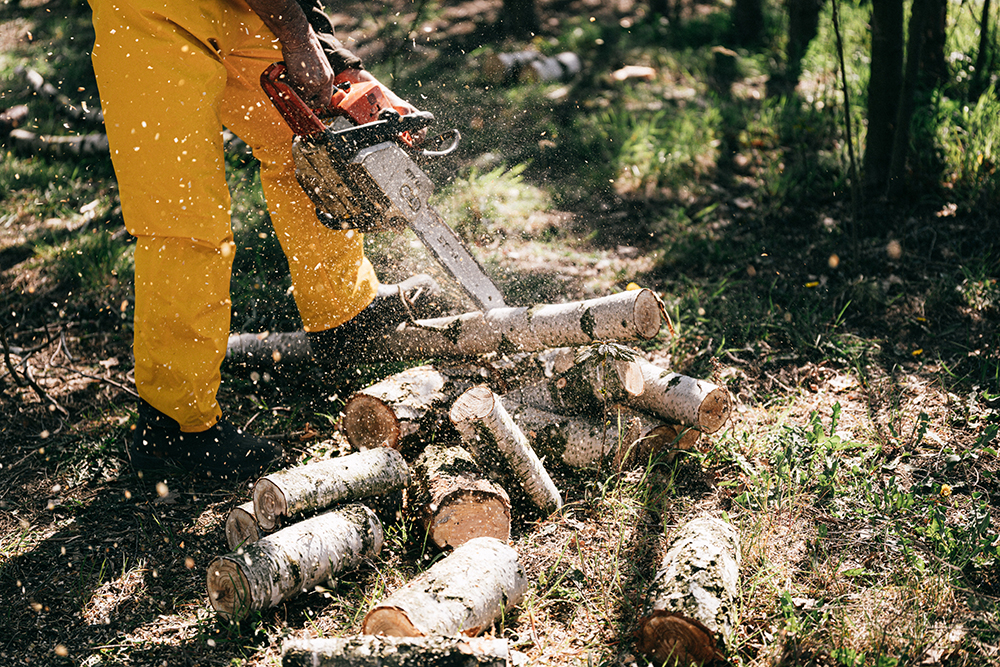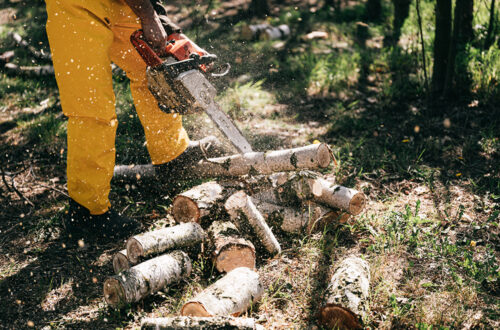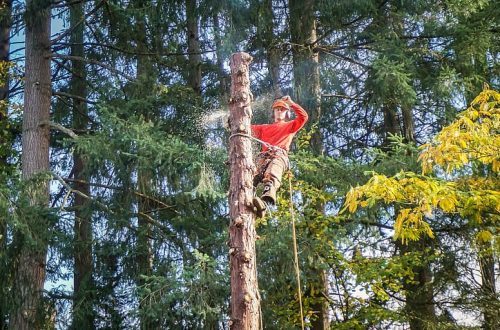In the aftermath of a storm or adverse weather conditions, dealing with fallen trees on your property can be a daunting task. Homeowners often find themselves grappling with questions about insurance coverage and the financial implications of fallen tree removal. Let’s unravel the complexities surrounding these concerns to empower you with the information you need.
Untangling Responsibility: Understanding Fallen Tree Removal
When faced with the aftermath of a fallen tree, the first question that often arises is who bears the responsibility for its removal. In most cases, the property owner is accountable for problem. Whether the tree originated from your property or a neighbor’s, it is typically the property owner on whose land the tree has fallen. They are responsible for addressing the removal.
Yet, if the fallen tree results from a covered event like a storm, your homeowners insurance may be activated. It becomes imperative to meticulously examine your insurance policy, comprehending the precise coverage it provides. Be aware of any constraints it may impose concerning the removal of fallen trees.
Transitioning from understanding responsibility to action requires a proactive approach. Promptly addressing fallen tree removal not only ensures compliance with your responsibilities but also minimizes potential risks and hazards.
Counting the Costs: Evaluating the Price the Removal
The next consideration that weighs on homeowners’ minds is the cost associated with fallen tree removal. The expense varies based on factors such as the size of the tree and its location. Additionally, the complexity of the removal process influences costs. While some homeowners may be inclined to handle the removal themselves to cut costs, it’s crucial. Assessing the risks involved is important.
Professional fallen tree removal services bring expertise and the right equipment to safely and efficiently remove the tree, minimizing the potential for further damage. Investing in professional services can ultimately be more cost-effective in the long run, preventing potential harm to property or individuals during a DIY removal attempt.
For those wondering about insurance coverage for its costs, the scenario is generally optimistic. Homeowners insurance often covers the costs of removing a fallen tree if the incident is a result of a covered peril. This can include events such as storms, lightning, or other natural disasters.
Closing any chapter requires a note of caution, especially when dealing with it. It’s imperative to exercise prudence throughout the process. Be cautious about assessing the risks involved, whether you decide to handle the removal independently or enlist professional services. Additionally, ensure that you communicate effectively with your insurance provider, providing them with all the necessary information to facilitate a smooth claims process.
Successfully managing fallen tree removal requires a grasp of responsibilities, a thorough cost evaluation, and a continuous exercise of caution throughout the process. By remaining well-informed about your insurance coverage and making informed decisions, you can effectively and responsibly deal with fallen trees on your property, safeguarding the well-being of your home and its occupants.





